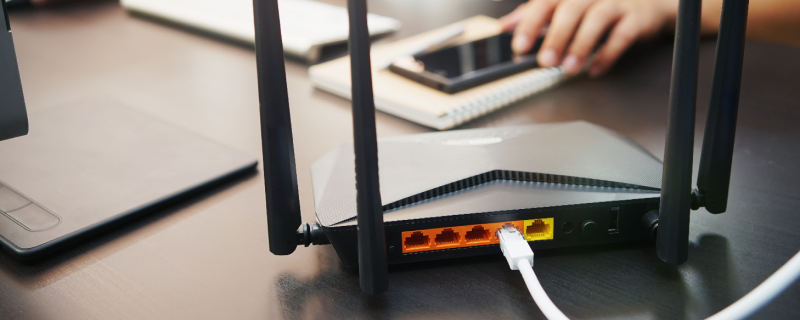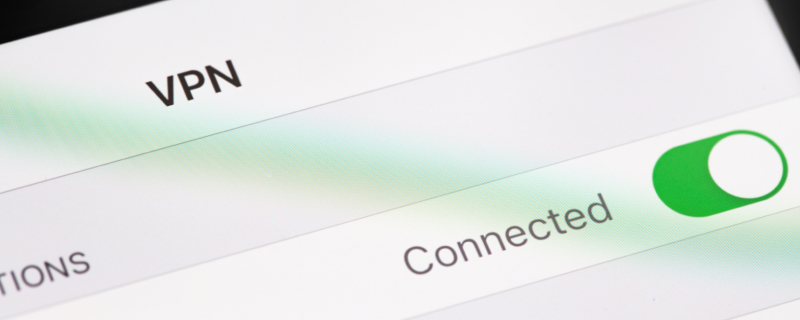
- 6 min read
- Aug 23, 2023

The Threat of Duplicate Wi-Fi Networks
An evil twin attack occurs when cybercriminals set up a deceptive Wi-Fi network that closely resembles a legitimate one. These rogue access points are crafted to trick users into connecting, thereby granting hackers access to private information and sensitive data.
Hackers typically target areas with free Wi-Fi, like cafes, airports, and libraries, and create a duplicate Wi-Fi network, mimicking the legitimate network’s name. They strategically position these fraudulent networks to offer stronger signals, luring more users to connect.
Once the evil twin network is visible, it attracts devices, especially those that have previously connected to the genuine network. This automatic connection to the stronger signal traps the users.
Hackers then monitor internet traffic and collect sensitive data transmitted over their network, leading to potential identity theft or financial fraud.
Consider a student in a library, unknowingly connecting to “Library_FreeWiFi,” a stronger signal network, instead of the legitimate “Library_WiFi.” The evil twin network, set up by a hacker, allows them to monitor and access the student’s private online activities.
Detecting an evil twin network can be challenging without specialized tools. However, certain signs can help identify these fraudulent networks, assisting users in avoiding risky connections.



